The European Commission has released €3 million in emergency aid for Nepal, where over 2,500 people died in a massive earthquake yesterday.
The aid is in addition to assistance offered by individual EU nations and the deployment of European Commission humanitarian aid and civil protection experts to the crisis area.
"The commission's emergency aid will go towards the most urgent needs in the worst affected areas, including clean water, medicine, emergency shelter and telecommunications," the EU's executive arm said in a statement.
"I have mobilised all our means for emergency response to help the survivors and authorities in the aftermath of this tragedy. What is needed most are medical teams and relief supplies. I call on all EU member states to join the coordinated European response," said EU Commissioner for Crisis Management, Christos Stylianides.
The EU Civil Protection Mechanism has been activated, via which member states including Belgium, Finland, Germany, Greece, Netherlands, Poland and Sweden immediately offered search and rescue teams, water purification systems and technical assistance.
Other member states have also expressed their willingness to help, the commission statement said.
A 6.7-magnitude aftershock struck the affected region today, with climbers reporting the tremor triggered more avalanches on Mount Everest.
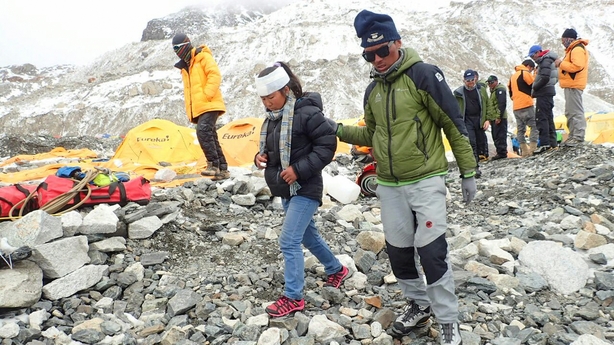
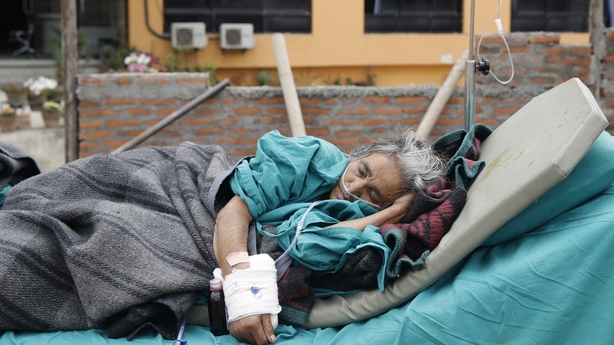
People used their hands in many places to dig for survivors.
Authorities also scrambled to provide shelter in the capital, Kathmandu, for thousands of people who spent the night outside in freezing temperatures and patchy rain, too afraid to return to their damaged homes.
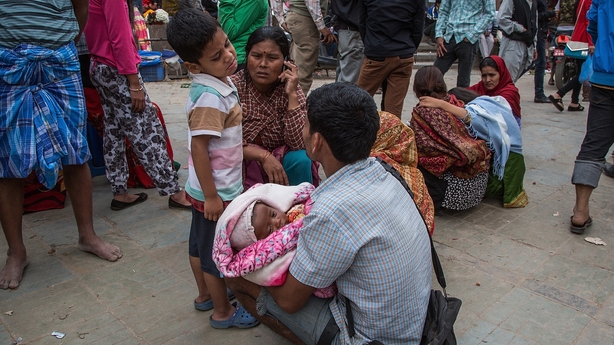
The 7.9 magnitude quake struck at midday local time yesterday at a busy time of year for the tourism-reliant country's trekking and climbing season, with an estimated 300,000 foreign tourists in the country.
The government planned to pitch tents and turn schools and other public buildings into shelters, said Rameshwor Dangal, a home ministry official. It would also re-open roads and send helicopters to rescue people.
100 Irish citizens known to be in affected area
The Department of Foreign Affairs has said it is aware of some 100 Irish citizens in the region of Nepal and India where the earthquake struck.
Minister for Foreign Affairs Charlie Flanagan has set up an emergency Consular Response Team.
The Department of Foreign Affairs has said contact has already been established with many of the Irish people in the affected region.
However, anyone concerned about Irish family in the earthquake zone can contact the department on 01 418-0200.
Rescuers worked through the night in Nepal using bulldozers, pick axes and shovels to free those who were trapped.
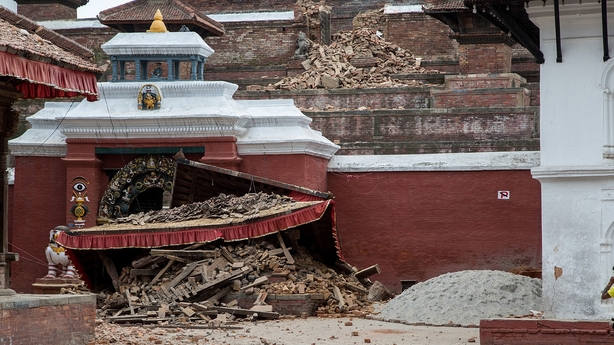
Foreign climbers and their Nepalese guides around Mount Everest were caught by the tremors and a huge avalanche.
John Reiter, speaking to CNN from Everest base camp, said dozens were critically injured but said he expected helicopters to arrive. "It's been a rough 18 hours," he said.
Hospitals across the impoverished nation of 28 million people struggled to cope with its worst quake in 81 years.
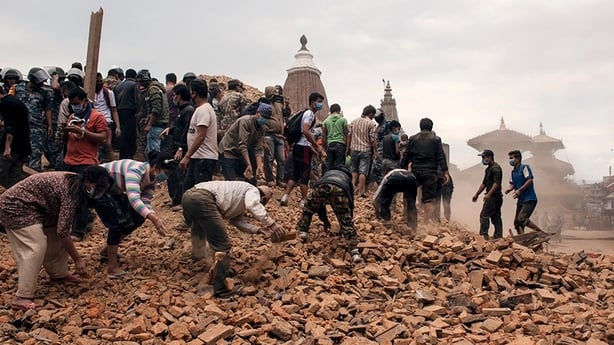
They expected a fresh influx of patients today but medical supplies were running low.
The earthquake, centred 80km east of the second city, Pokhara, was all the more destructive for being shallow.
Rescue operations had still not begun in some remote areas.
Among the capital's landmarks destroyed in the earthquake was the 60-metre-high Dharahara Tower, built in 1832 for the queen of Nepal, with a viewing balcony that had been open to visitors for the last 10 years.
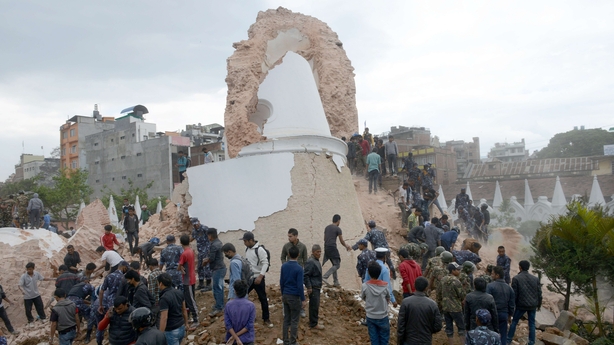
A jagged stump 10 metres high was all that was left of the lighthouse-like structure.
As bodies were pulled from the ruins, a policeman said up to 200 people had been trapped inside.
Across the city, rescuers scrabbled through destroyed buildings, among them ancient, wooden Hindu temples.
Neighbouring India, where 44 people were reported killed in the quake and its aftershocks, sent military aircraft to Nepal with medical equipment and relief teams.
It also said it had dispatched 285 members of its National Disaster Response Force.
In Tibet, the death toll climbed to 17, according to a tweet from China's state news agency, Xinhua.
International aid groups readied staff to go to Nepal to help provide clean water, sanitation and emergency food, while the United States, Britain and Pakistan were among countries providing search-and-rescue experts.
An Indian army mountaineering team found 18 bodies on Mount Everest, where an avalanche swept through base camp.
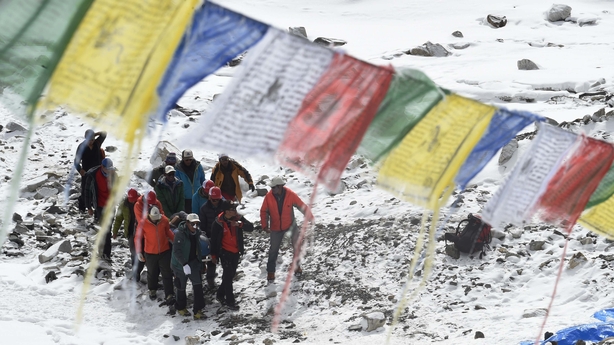
More than 1,000 climbers had gathered there at the start of their season.
Tourism official Mohan Krishna Sapkota said it was difficult to assess deaths and damage around the world's tallest peak.
Nepal, sandwiched between India and China, has had its share of natural disasters. Its worst earthquake in 1934 killed morethan 8,500 people.

